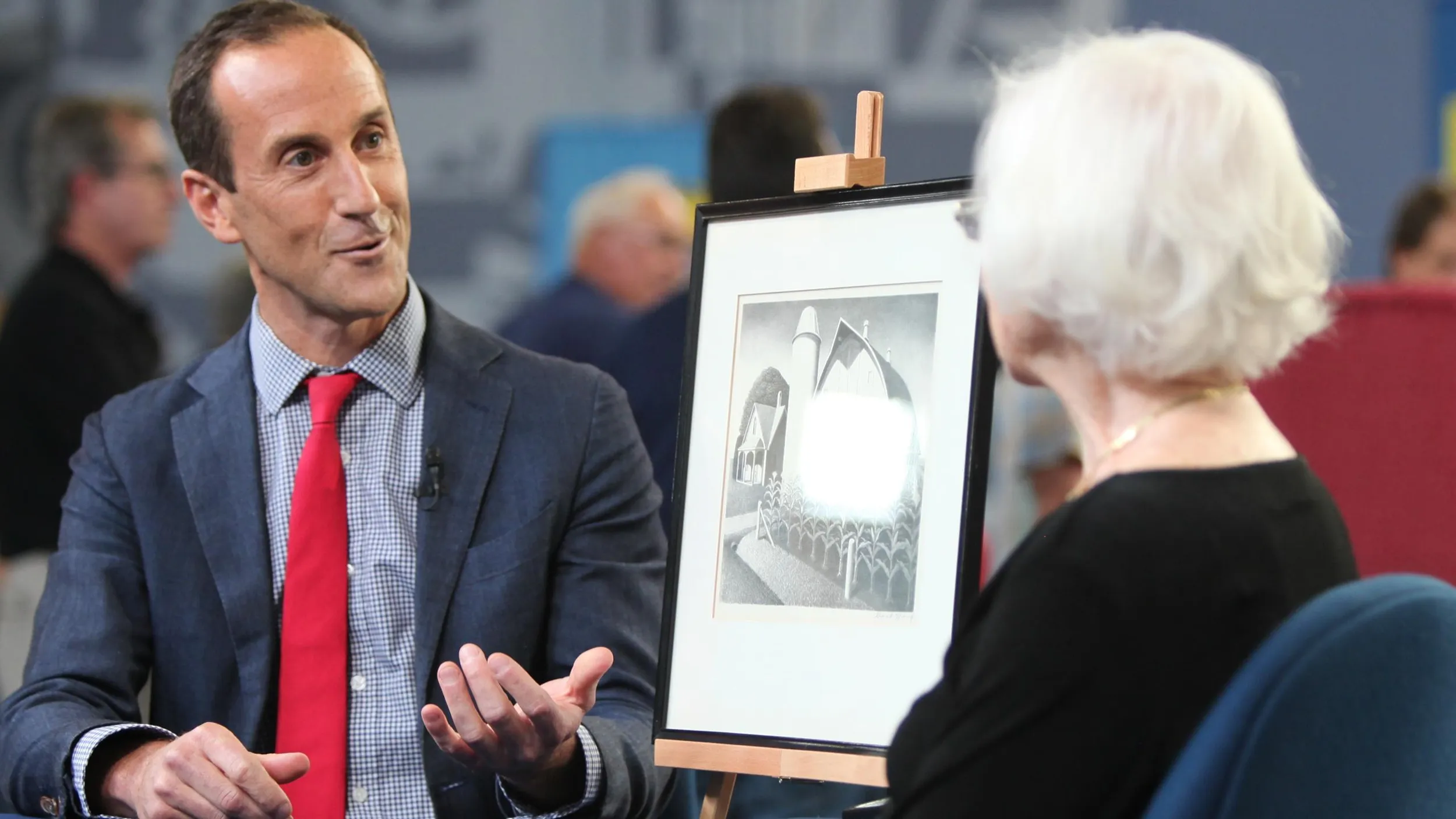Four Oyster Plates

$1,650 - $2,300 Auction
Featured In

episode
Omaha, Hour 1 (2016)
A Grant Wood lithograph, a Daytona Model Rolex, and Prohibition liquor bottles.
19th Century

appraisal

appraisal

appraisal
Understanding Our Appraisals
Placeholder
ANTIQUES ROADSHOW'S Season 29 tour is underway! See where we're going

$1,650 - $2,300 Auction

episode
A Grant Wood lithograph, a Daytona Model Rolex, and Prohibition liquor bottles.

appraisal

appraisal

appraisal
Placeholder
A weekly collection of previews, videos, articles, interviews, and more!
Funding for ANTIQUES ROADSHOW is provided by Ancestry and American Cruise Lines. Additional funding is provided by public television viewers.
ANTIQUES ROADSHOW is a trademark of the BBC and is produced for PBS by GBH under license from BBC, Worldwide. PBS is a 501(c)(3) not-for-profit organization.
A weekly collection of previews, videos, articles, interviews, and more!